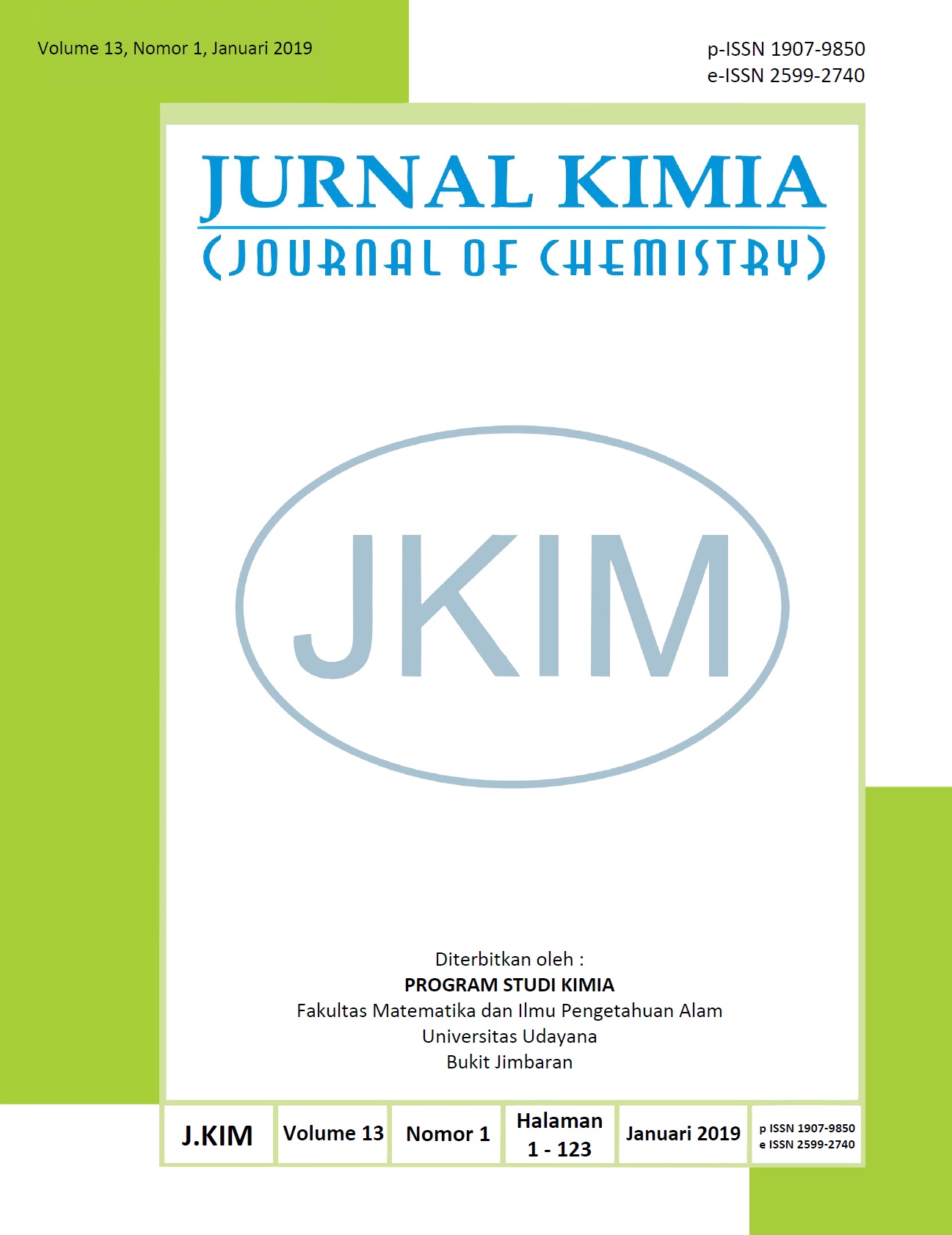MOLECULAR DOCKING LIKOPEN SEBAGAI ANTIOSTEOPOROSIS SECARA IN SILICO
Abstract
Osteoporosis is a degenerative disease due to the reduction of mass or bone tissue so that the bones become brittle. One of the causes of the fragility of bone is the formation of free radicals due to oxidative stress by reactive oxygen species (ROS). ROS can stimulate bone resorption. Lycopene is a compound contained in tomatoes found in large quantities. Lycopene is known to have strong antioxidant activity. The purpose of this research is to know the activity of lycopene as antiosteopotosis from tomato fruit through antioxidant mechanism using molecular docking method in silico. The stages of this research are preparation of 3D lycopene structure database and SOD and GPx protein, protein preparation using Chimera 1.10.1 application, optimization of lycopene 3D structure using HyperChem 8 application, and validation of molecular docking and lycopene docking methods on the proteins using Autodock application 4.2. The results showed that lycopene was able to interact with SOD and GPx proteins shown by negative bond energy, ie -0.75 and -1,61 kcal mol respectively. These interactions show that lycopene can neutralize free radicals by inducing SOD and GPx proteins so that oxidative stress triggering the bone resorption which as one of the causes of osteoporosis can be prevented
Downloads

This work is licensed under a Creative Commons Attribution 4.0 International License






